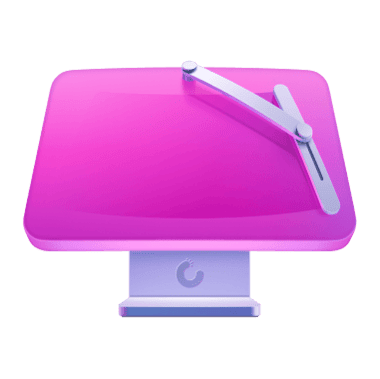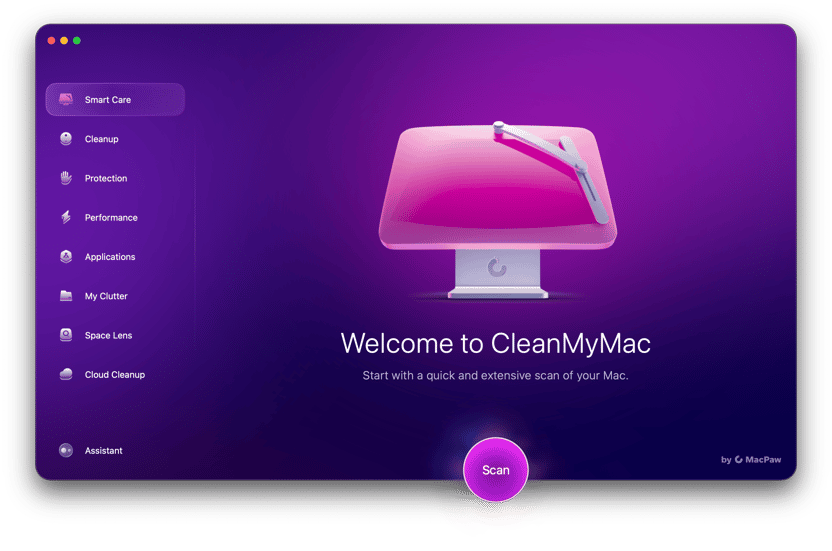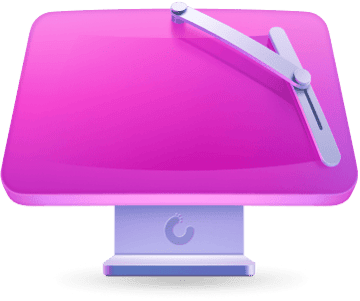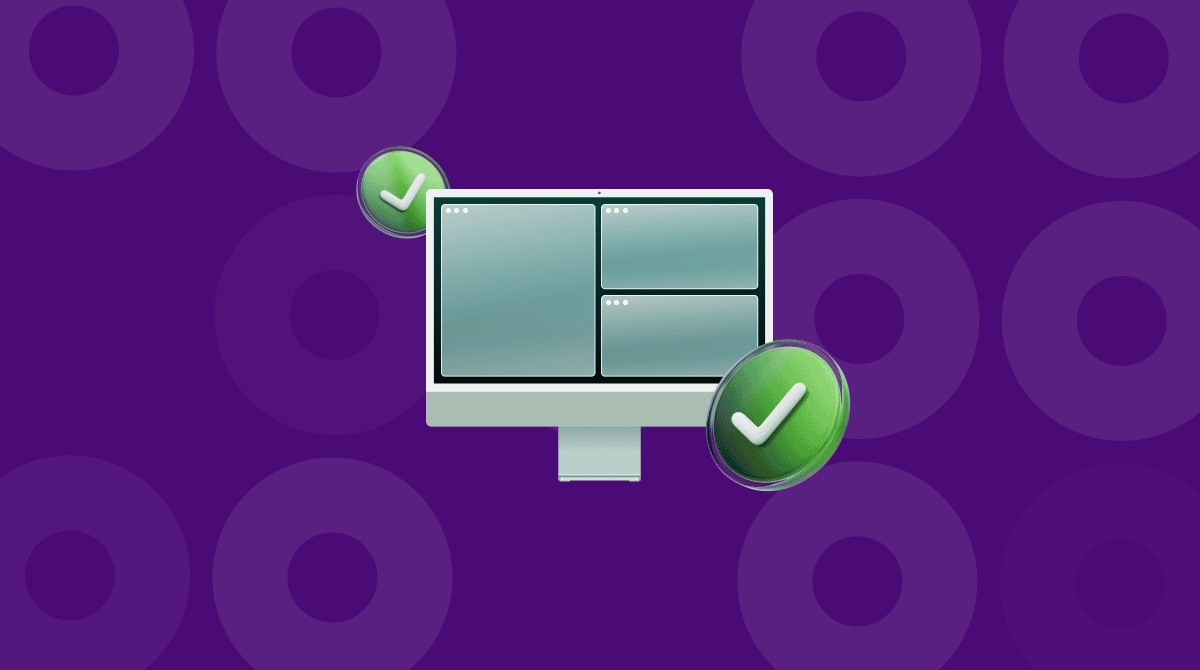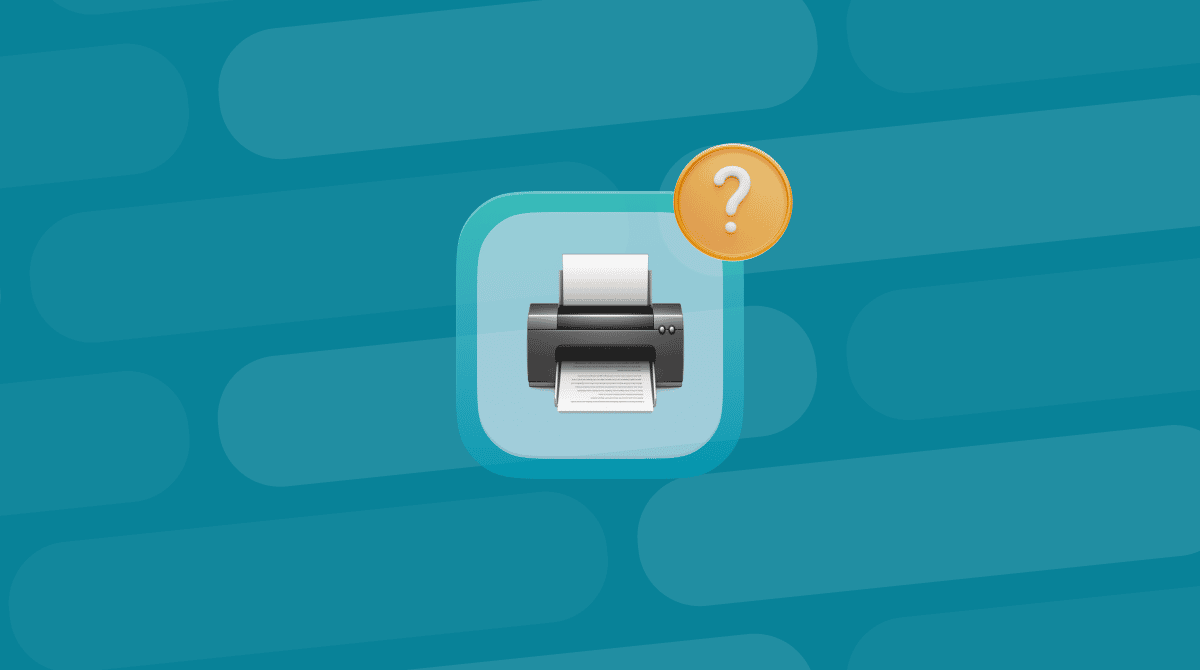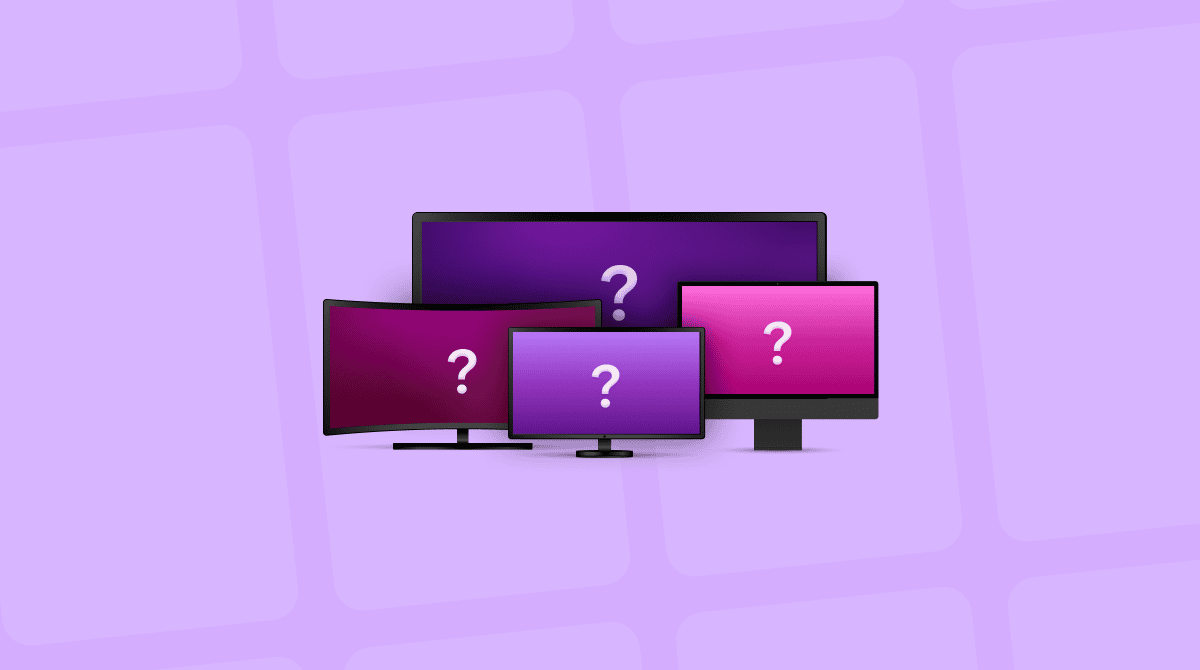How time flies! It seems like only a short time ago that Apple was announcing the first generation of its own systems-on-a-chip following as the first stage of its transition away from Intel. The M1 — as that first chip was called — was only the beginning, though, and we’ve already had the M2, M3, and most recently, M4 silicon. And, of course, each of those has had different versions, with Pro and Max variants fitted in higher-end desktop Macs and MacBook Pros. But what’s the difference between the M3 and M4 MacBooks? Is it enough to make it worth upgrading? Let’s find out.
MacBook M3 vs M4: which one to choose?
Below, we’ll compare different Mac models so that you can make an informed decision about an upgrade.
MacBook Pro M3 vs M4 MacBook Pro
MacBook Air and Pro together account for around 90% of Apple’s Mac sales, according to Consumer Intelligence Research Partners, with the Pro taking around 50% of sales and the Air around a third. So, we’ll start by comparing the M3 MacBook Pro with the M4 MacBook Pro.
Both the M3 and M4 models also come in Pro and Max variants of their respective chips, but for simplicity, we’ll concentrate on the base model.
MacBook Pro M3 | MacBook Pro M4 | |
Colors | Silver, Space Gray | Silver, Space Black |
No. of CPU cores | 8 | 10 |
Maximum RAM | 24GB | 32GB |
Battery life | 22 hours | 24 hours |
Camera | 1080p FaceTime | 12MP Center Stage with Desk View |
The first difference — and the most immediately noticeable — is the color choice. Both are available in silver, but the M4 swaps the M3’s Space Gray for a darker Space Black.
The next most obvious difference is in the number of CPU cores. The M3 MacBook Pro 14in has eight CPU cores (four performance cores and four efficiency cores), while the M4 MacBook Pro 14in has ten (an additional two efficiency cores). They both have ten GPU cores and a maximum of 2TB storage. But while the M3’s maximum addressable RAM is 24GB, the M4 tops out at 32GB. The M4’s memory bandwidth (the rate at which data is transferred to and from RAM) is also slightly higher at 20GB/compared with 100GB/s. The M4’s battery life is also slightly better at 24 hours compared with 22 of the M3.
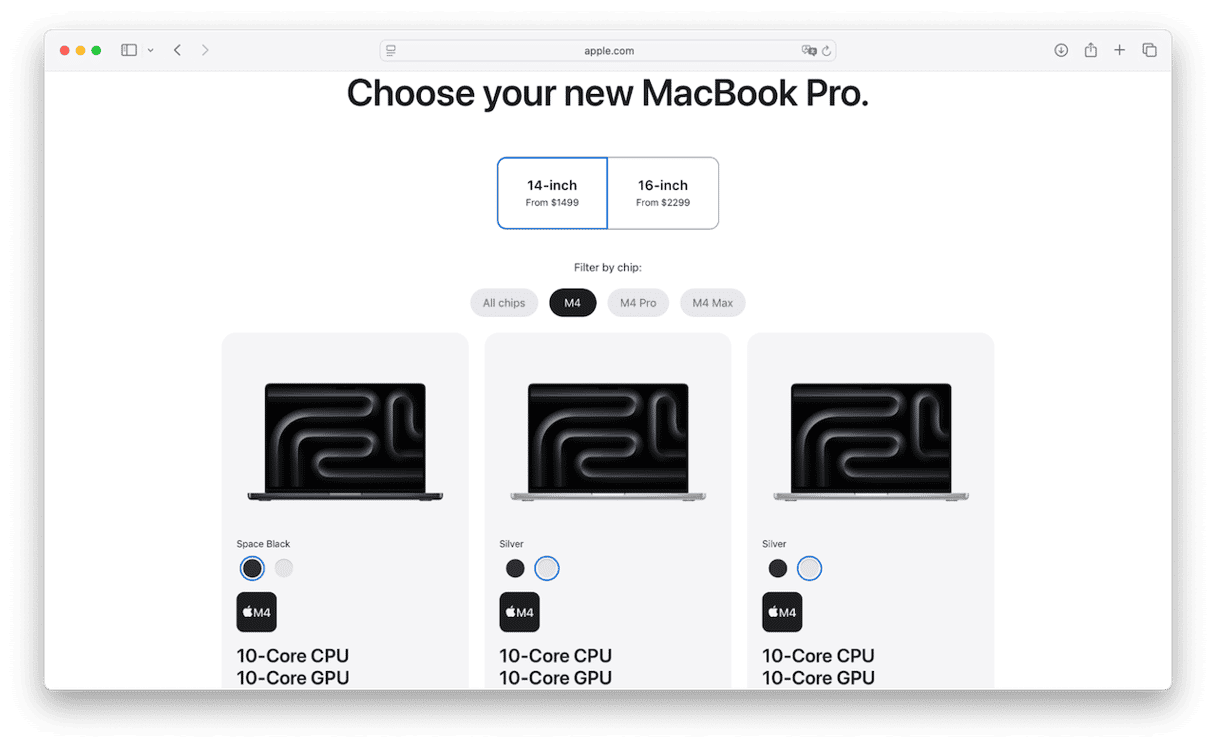
There is also a notable difference in the displays of the two models: at standard dynamic range (SDR), the M4’s maximum brightness is two-thirds brighter than the M3 (1,000 nits compared with 600 nits).
The M4 swaps the M3’s 1080p FaceTime camera for a 12MP Center Stage camera with Desk View Support and adds an additional Thunderbolt port to make a total of three.
MacBook Air M3 vs M4 MacBook Air
The differences between the M3 and M4 MacBook Air are similar to those of Pro.
MacBook Air M3 | MacBook Air M4 | |
Colors | Silver, Midnight, Starlight, Space Gray | Silver, Midnight, Starlight, Sky Blue |
No. of CPU cores | 8 | 10 |
Maximum RAM | 24GB | 32GB |
Battery life | 18 hours | 18 hours |
Camera | 1080p FaceTime | 12MP Center Stage with Desk View |
Both models are available in silver, midnight, and starlight and the M4 swaps the space gray of the M3 for sky blue. The M4 Air has the same extra two cores and expansion of addressable RAM as the M4 Pro: ten cores vs eight and 32GB vs 24GB.
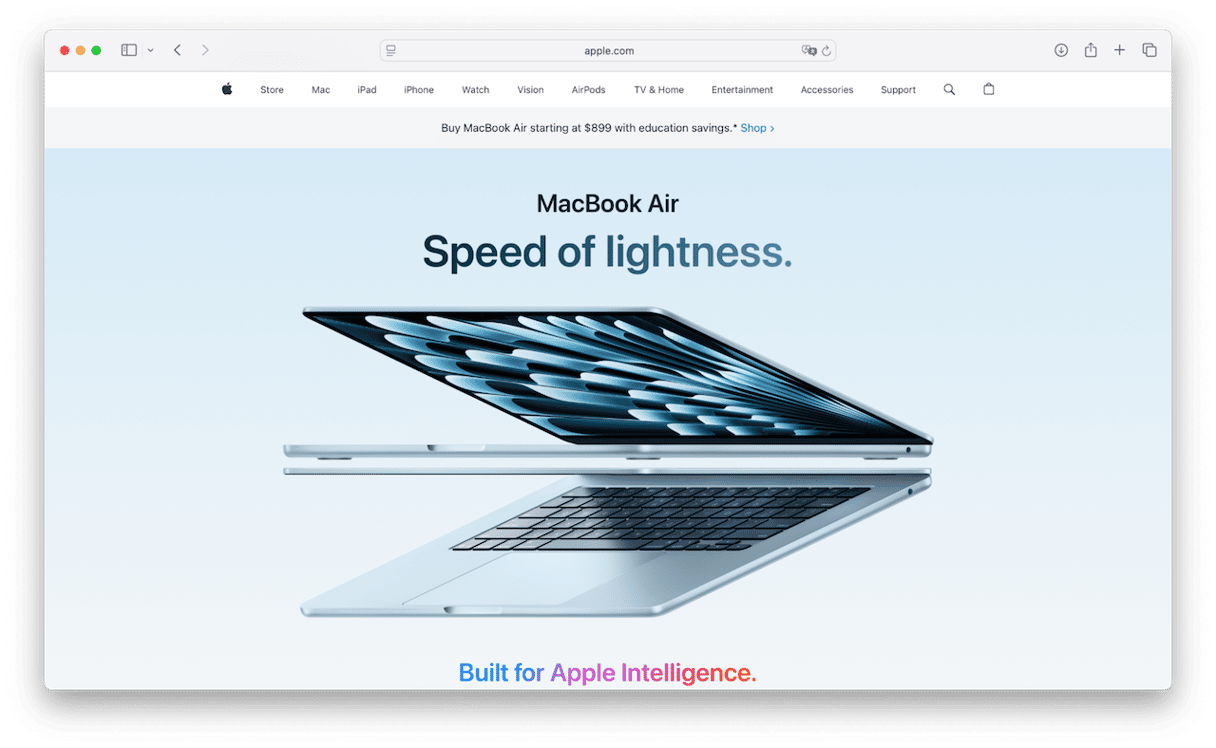
Battery life and maximum storage are the same on both models. The displays on the M3 and M4 MacBook Air are identical, but the M4 gets the 12MP Center Stage camera with Desk View in place of the M3’s 1080p FaceTime camera. There’s no difference in Thunderbolt ports, with two on both machines.
iMac M3 vs iMac M4
There’s very little difference between the base, two-port models of the M3 and M4 iMac. The M4 is available in more colors and has a better camera, but that’s it. There’s slightly more difference between the four-port models, with the M3’s two USB ports being replaced by Thunderbolt ports. The M4 also has ten CPU cores instead of 8 and higher maximum RAM (32GB vs 34GB).

How to keep your MacBook running smoothly
Whether you have an M3, M4, or any other MacBook Air or MacBook Pro, it’s important to take steps to keep it running smoothly. That means clearing out junk files and clutter, checking for malware, updating apps and macOS, and running maintenance tasks like reindexing Spotlight, thinning out Time Machine snapshots, and flushing DNS cache.
Sounds complicated, doesn’t it? Not to mention a lot of work. But it doesn’t have to be time-consuming or difficult because CleanMyMac’s Smart Care feature can take care of it all for you. It scans your Mac, looking for junk files, checks for malware, identifies which installed apps have updates available, and works out which maintenance tasks should be run. All it takes is one click to get started and another to run each of the tasks it recommends. Get started with a free CleanMyMac trial.
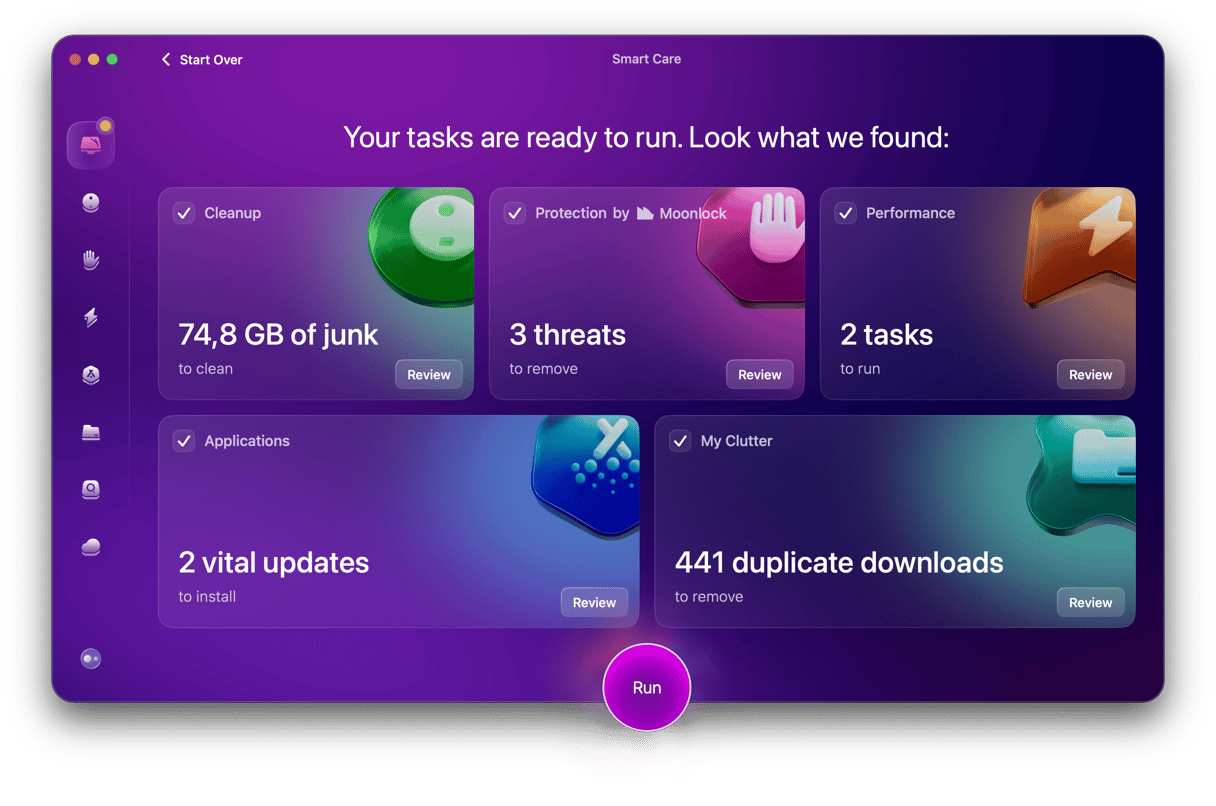
The Smart Care feature recommends only basic maintenance tasks; if you want to run more tools to optimize the performance of your Mac, check out the Performance feature. In addition to maintenance routines, it also allows you to manage login items and background extensions that may be hogging your computer’s resources and slowing it down.
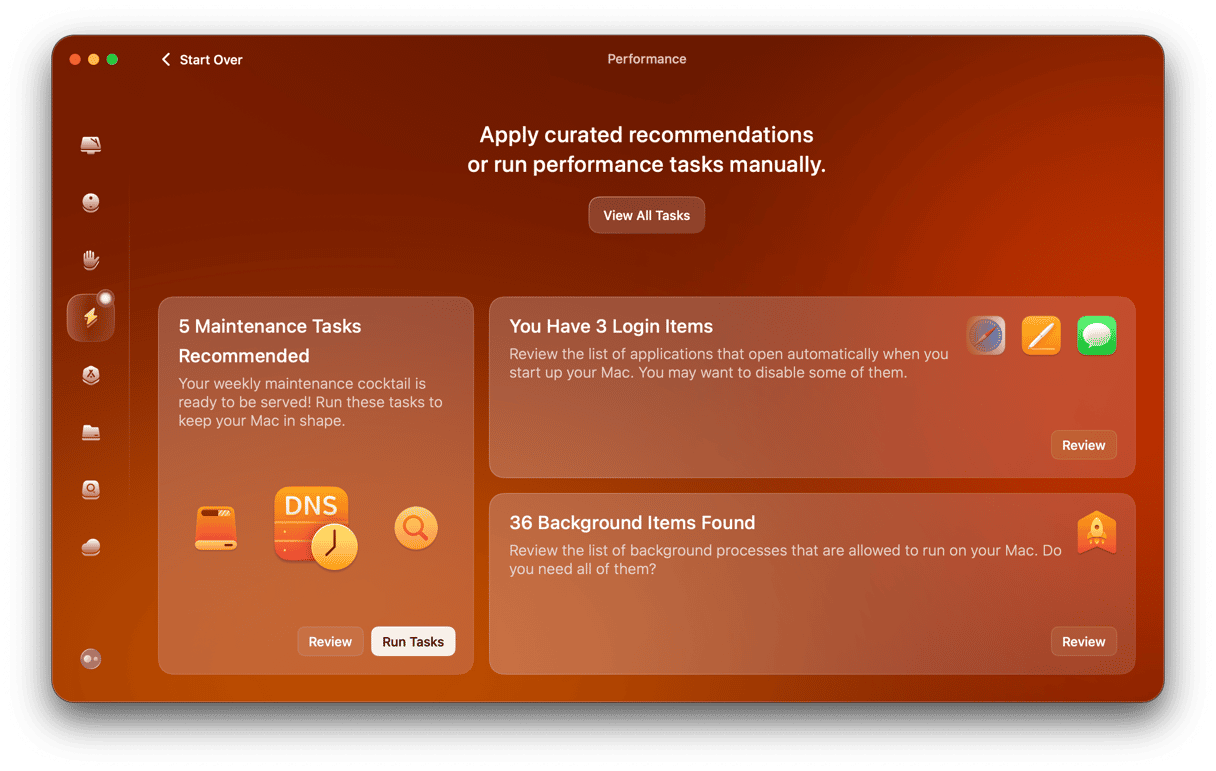
As you can see, the differences between the M3 and M4 MacBooks and iMacs are limited. Higher maximum RAM won’t affect most users, and the difference in performance between eight and ten cores won’t be apparent for most tasks. Perhaps the most noticeable differences are the colors and the new cameras.


